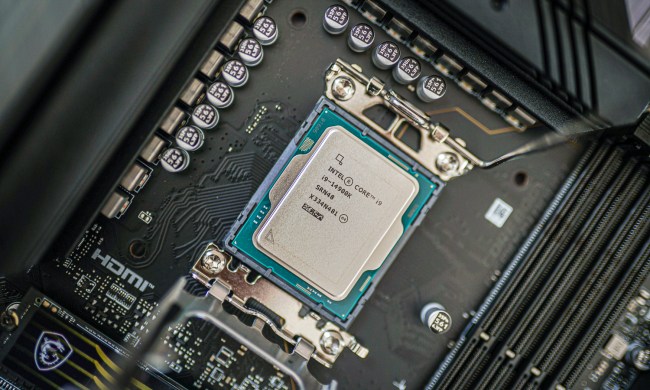The next time a surgeon points a gun at you, they might be trying to save your life. At least, that’s the case if they’re using a special wound-healing gun developed by Israel biomedical company, Nanomedic Technologies.
Nanomedic’s Spincare Wound Care System gun is a portable, battery-powered system that shoots out protective, spider-style webs that can cover up wounds for skin regeneration. Rather than requiring traditional bandages, which have to be regularly changed, this breathable skin substitute can cover the wound while it heals. It’s described by its makers as a “paradigm shift” in wound treatment, which could be used for everything from superficial scratches to burns or more complex lacerations.
“The Spincare introduces an innovative treatment option into the advanced wound care arena. with inherent characteristics and advantages that outperform any and all traditional wound care methodologies, fit a vast spectrum of wounds and injuries, and allows the patients to live while they heal,” Chen Barak, PhD, CEO of Nanomedic, told Digital Trends.

While spider silk may be the most fitting reference for the material the Spincare Wound system spits out, it’s not actually shooting out spider webs, of course. Instead, the device carries out real-time printing of what Gary Sagiv, PhD, VP of Marketing & Sales at Nanomedic, calls “polymeric electrospun healing fibers.” Electrospinning, which creates nanofibers using electricity, has been deployed in the medical field for years. However, this device is reportedly a whole lot smaller and more portable than previous solutions.
Advantages to the device include superior fit-to-wound geometry and superior adhesion, minimizing the need for staples or glue to be affixed to a wound. It’s also transparent, allowing the physician to view the wounds throughout the healing progress without having to remove a bandage or dressing to check up on it. In addition, it’s a no-contact, one-time application which reduces pain and the risk of infection. Finally, it allows the patient to shower earlier (24-48 hours after application) than alternatives.
“We believe in a very focused rollout, with a hand-in-hand on-site approach,” Sagiv told Digital Trends. “Despite COVID-19, we started our rollout in the summer of 2020, and are available now in 11 European countries and Israel. We will be starting in India this quarter, and in the U.S.A. in the third quarter. The response from the physicians who have used it has been excellent, and the global demand has been overwhelming.”

